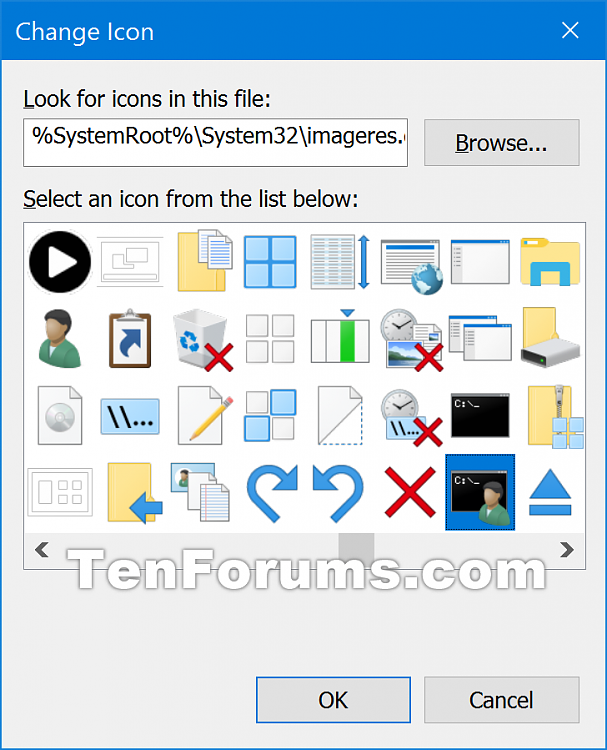


Though the computer community knows it as the Command Prompt, the tool or utility is officially known as the Windows Command Processor. The command prompt can be a perfect option for performing a series of advanced administrative functions, troubleshooting major Windows issues, and resolve a few Windows related topics. The command prompt is used to execute the commands entered by the user. It is available on almost all the versions of the Windows operating system. Now that we’ve customized the shortcut, lets rename it so that it can be identified as the Elevated Command Prompt.Command Prompt is a command-line interpreter used on the Windows ecosystem. Add a checkmark to the Run as administrator checkbox.ġ1. The Advanced Properties window will open. When the Properties window appears, click on the Advanced button.Ĩ. Right-click on the new shortcut located on your DesktopĨ. Choose Desktop (Create Shortcut) from the menu.Ħ. Click on Send to from the drop-down menu.ĥ. Right-click on cmd.exe (Command Prompt Executable)Ĥ. Type cmd in the search box (a list of search results will appear).ģ. Click on the Orb to open the Start MenuĢ. Note: I used Windows 7 Ultimate in this tutorial.

If you have any comments please post them below or if you have any questions visit our forums. Instead of following several steps to get to the Elevated Command Prompt you can create shortcut and customize it so that whenever it launches the targeted application (Command Prompt) it will run it in Elevated/Administrative mode. If you’re a frequent user of the Elevated Command Prompt then it might be a good idea to create a shortcut on your desktop, Start Menu, or Taskbar that can be accessed at any time with a click of button.


 0 kommentar(er)
0 kommentar(er)
